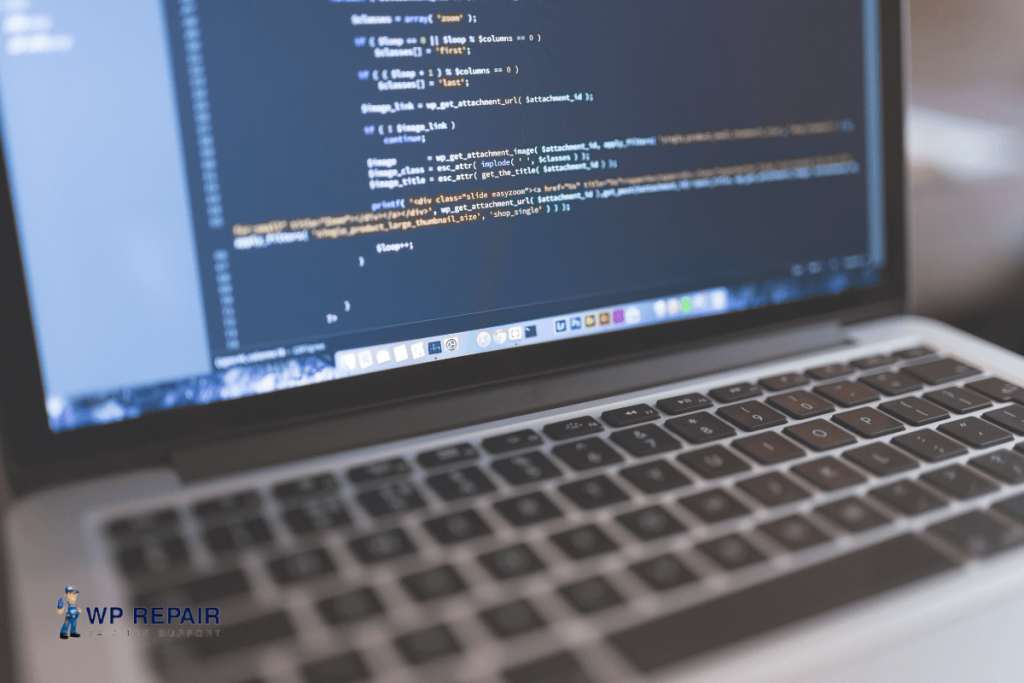Every WordPress website is composed of files, and the administrator must be aware of all modifications to those files. Any unauthorized file modification might cause the website to crash, alter the behavior of the website or indicate a hack.
By staying up to-date on the file changes that takes place on the WordPress website, administrators can easily:
- Monitor all the modifications made by developers to the website.
- Must be able to troubleshoot in case any issues crop up.
- Identify any database and source code files that might expose vital data to hackers.
- In the event of a security compromise, it is essential to know which files exactly have been modified and where any malware was inserted.
A File Integrity Monitoring is necessary to monitor all file modifications that occur on the WordPress website.
Before proceeding any further in this regard. It is important to understand the following:
- File Integrity Monitoring – How does it work?
- What makes it important?
- Understanding how to use the file monitoring plugin on the WordPress website.
File Integrity Monitoring – How does it work?
An efficient file integrity monitoring provides users a tool to view file-level visibility into the most important files that matter to the company. That includes the following:
- Customer related data
- Key and credential files
- System app files
- Files related to system configuration
- Overall health information
A File integrity monitoring is an elegant technique to determine whether or not files in a system have been changed. The system works by generating a hash value from each individual file and then comparing the two hashes of the same file acquired at separate times. Consider it like a fingerprint.
If the hashes match, the file remains unchanged. Otherwise, the file has been modified. When the system contains fresh hashes, the implication is that new files have been added to the system. File changes scanning and monitoring are other terms for the process of executing file integrity monitoring tests.
What makes it Important?
An efficient File integrity Monitoring system enables users to respond swiftly to any new file changes, malicious or otherwise. With file integrity monitoring users can, for instance, ensure a newly installed plugin or theme does not make unexpected file changes and identify the source of a problem easily.
While it is easy to think that a single security and firewall plugin is all users need, that oversimplifies the process of keeping a WordPress website secure. Users need to take a holistic approach to the security of the WordPress website. The minimum users need to do get this working are:
- Installing a firewall in the WordPress website to block any malicious attacks.
- Using the latest and updated software’s, plugins, themes and WordPress based plugins.
- Use WordPress activity logs to keep a record of all the file and user changes that happen on the website.
- Make sure that users enable two-factor authentication with the use of strong passwords.
- Finally, installing a WordPress file Integrity monitor plugin.
Understanding how to use the file monitoring plugin on the WordPress website.
Irrespective of the software the user decides to utilize, a File Integrity monitoring system works in the following manner:
- Users need to decide the system files and registries that have to be tracked. Preferably, users can reduce the spectrum so that they are not bombarded with warnings from every spot in the system.
- Users can create a benchmark so that the tool has a check mark to verify the files. The Tool continuously examines the specified files and registries 24×7.
- When a vital event happens, such as a file being changed or erased from the registry, the tool collects and records the data.
- The information about the event includes what sort of event, impact assessment, information on the user who performed the modification, and the time and date when the event occurred.
- All analysis of event data coupled with other data provides a detailed picture of what occurred and if it is unusual.
- An alert is sent out if the occurrence is malicious or suspicious. Good changes include software patches and security upgrades. These changes are placed on a whitelist and don’t trigger an alarm.
- The tool offers additional data around the occurrence, allowing any IT team to determine the crux of the problem.
Using a FIM tool with WordPress entails more than just discovering a software that would alert the user any time a file is changed. FIM works best when combined with additional security measures such as user monitoring and audit logging. The security tool should have compliance regulations, proactive detection and layers of detection. Users need to be able to detect other actions so that they may be stopped as soon as possible.
When a website is required to comply with rules such as federal information security management act, Sarbanes-Oxley Act, and a few other regulations that require FIM, users need to install one soon. A good FIM will only track important files and folders and provide alerts with useful information. If the website monitoring is overwhelming, users might be bombarded with alerts and notifications even with the slightest modification.

